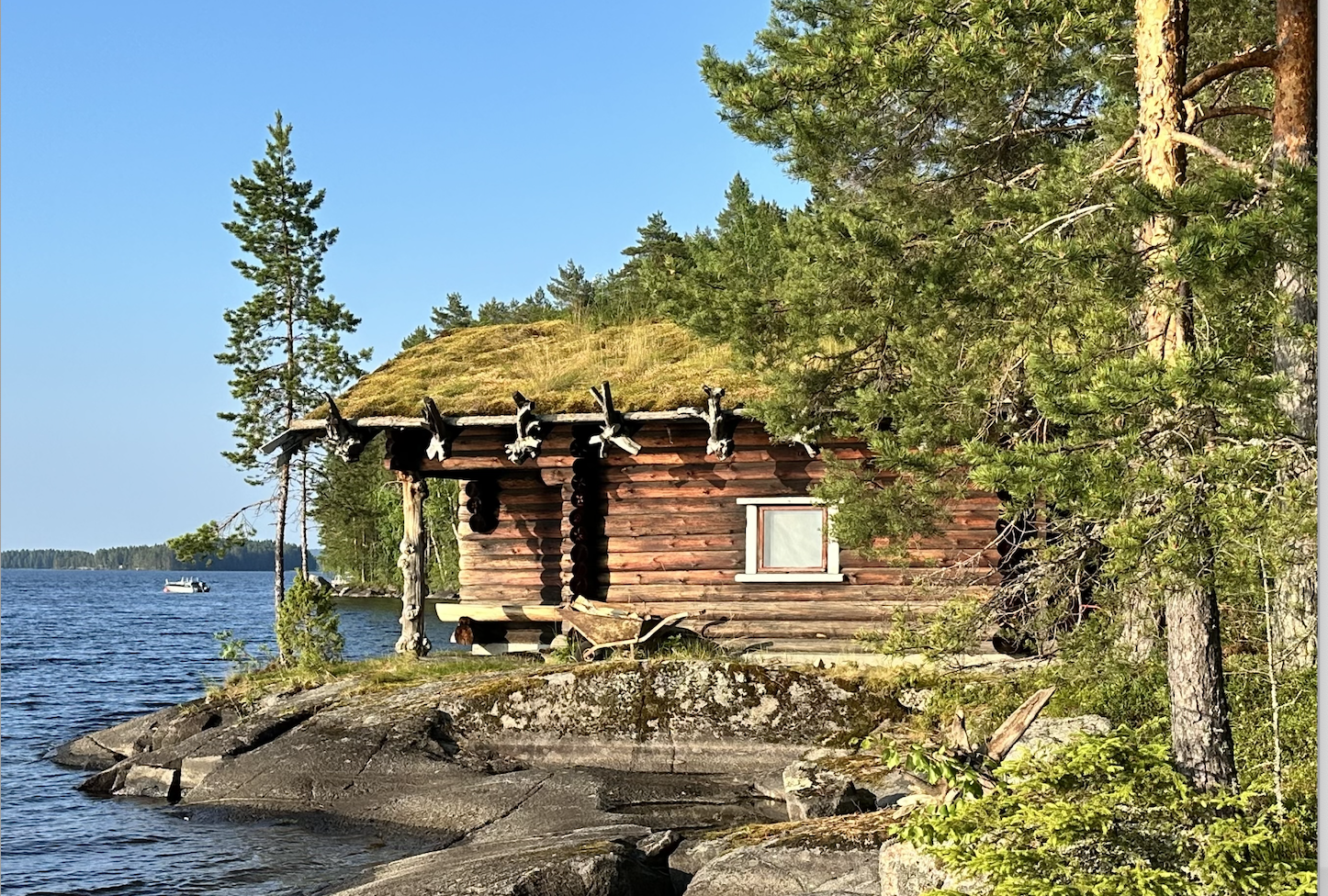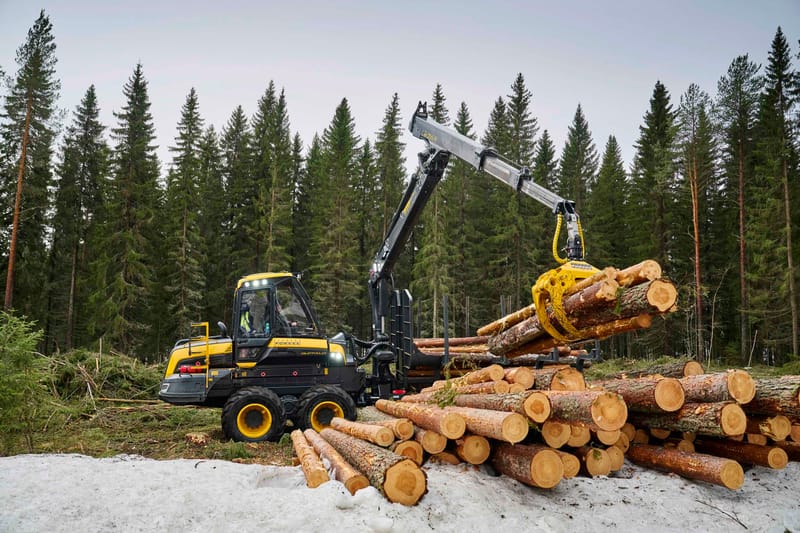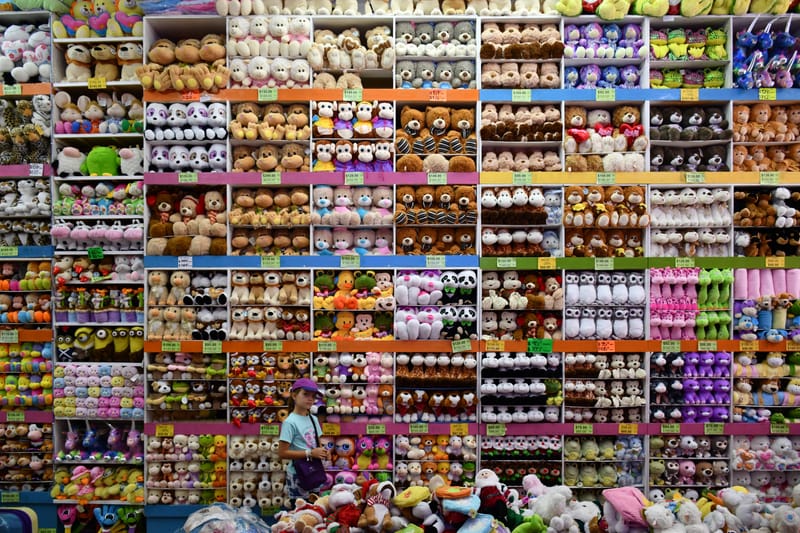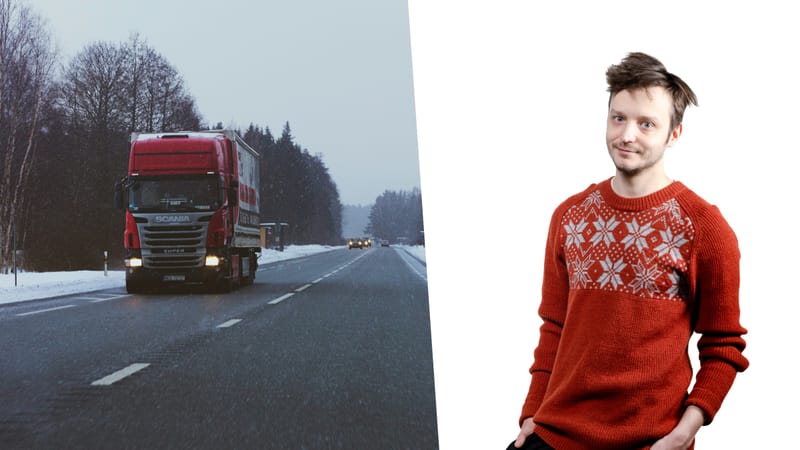Finland Cultural Guide – Part VI: From the heartlands to the Western Coast
Verde Voices’ series on Finland continues. Part VI covers Savo, Central Finland and Satakunta regions.
Perttu Rytsölä
Savonlinna: Olavinlinna Castle and the Opera Festival
Kuopio: The heart of Savonian culture
Mikkeli: A city of wartime history and summer cottages
Moving an inch westward in Finland and arriving in Savo province, whose residents arguably have the country’s strongest sense of local identity. In literature, their gift for social intelligence is captured beautifully in the works of Minna Canth, the 19th-century writer who portrayed her era’s society with rare insight.
Savo has been permanently inhabited since the Middle Ages. Though it may appear remote and forested, the region hides manor houses where old-world aristocrats once lived as if in the châteaux of southern France – language and all. Around these estates, rural communities grew. Modern Savo divides into the lively north centered on Kuopio, the southern Mikkeli region, and the eastern Savonlinna area.
Unlike many mid-sized Finnish towns, Mikkeli is not industrial but rather administrative: a hub for public services, regional travel, and cottage life. Schools and government employ a large share of its people.
Mikkeli has seen its share of wars. During the Russo-Swedish conflicts the city often changed hands, but it is best remembered for the Second World War. When the Soviet Union invaded Finland in 1939, fearing a German advance through Finnish territory, Field Marshal Mannerheim made Mikkeli his wartime headquarters – close to the front but beyond the reach of heavy bombing. After three brutal months, Finland was forced to cede 11 percent of its land in exchange for peace. Mikkeli’s Headquarters Museum preserves this history: Mannerheim’s desk stands as it was, and his personal train car still rests at the station.
The compact downtown has many small shops, and unlike most Finnish cities, Mikkeli’s life hasn’t drained into suburban malls. The market square remains the social heart. Summer is its peak season, and this is Finland’s prime cottage country. The typical Finnish summer cottage stands by water, with a log house, a lakeside sauna, and a yard for either rest or endless tinkering. Summer weekends bring events of all kinds, culminating in the Mikkeli Music Festival. In winter, locals ski and skate, especially in the nearby Urpola Nature Reserve, where you can almost forget you’re in a city at all.
Surrounded by flowing waters rises Savonlinna’s most famous sight, the romantic Olavinlinna Castle. Once a stronghold of taxation and defense for Eastern Finland, it endured sieges before falling silent under Russian rule in the 18th century. When Finnish national consciousness awakened a century later, restoration began, and its destiny was sealed when opera star Aino Ackté launched the Savonlinna Opera Festival. Today it draws thousands from Finland and abroad.
Savonlinna itself is small – about 30,000 residents – and like many paper-mill towns, it lost vitality when the mills closed. Yet in summer it comes alive, its setting on Lake Saimaa among Finland’s most beautiful. Cruises glide through the labyrinth of islands, their passengers hoping to spot the Saimaa ringed seal, the world’s only freshwater seal. Only 450–500 remain, and their protection, often at odds with local fishing traditions, is a perennial national debate.
Kuopio, by contrast, is thriving. It’s a student city and the true heart of Savonian culture. Its landmark is the 224-meter Puijo Tower, overlooking the lake and forests. The yellow-and-black teams KuPS (football) and KalPa (ice hockey) carry local pride. The University of Eastern Finland’s Kuopio campus specializes in medicine, pharmacy, and environmental science, supported by the region’s largest hospital complex and health-tech companies.
At the city’s core lies the market square, affectionately nicknamed Mualiman napa—“the navel of the world.” Stalls sell the regional specialty kalakukko, a rye-crusted pie stuffed with fish or meat, best eaten by hand. From Kuopio’s harbor, boats run day cruises to nearby islands or longer trips to Savonlinna. Culturally, Kuopio punches above its weight. Kuopio Dance Festival is northern Europe’s leading dance event, while Kuopiorock and the Wine Festival draw huge summer crowds. The city theater and orchestra provide year-round programming, and the new Museum and Art Museum form a modern cultural block.
Kuopio and the nearby Tahko resort have also branded themselves as sauna destinations. There are smoke saunas, floating saunas, sauna yoga sessions, even sauna restaurants – and in Tahko, the world’s largest smoke sauna. Tahko doubles as eastern Finland’s top ski area, now a year-round resort offering golf, hiking, biking, spas, and famously raucous après-ski parties.
Jyväskylä: Alvar Aalto’s architecture and rallying spirit
Äänekoski: Forest industry and film history
Laukaa: The most beautiful lake in Finland, Keitele
We continue westward into Central Finland, surrounded by spruce forests, lakes, gravel roads, small villages – and world-famous functionalist architecture.
When residents of Jyväskylä were asked what defines their city most, the overwhelming answer was Harjun iltasoitto, the “Evening Song from the Ridge.” Every night at eight, the melody Laulu synnyinseuduille (“Song to the Native Region”) drifts from the tower on Harju Hill. For generations of children, it meant curfew time. Beneath the ridge stretches Lake Päijänne, Finland’s second-largest, narrow and deep – a lake of grandeur and calm.
Jyväskylä is playfully called “the Athens of Finland,” and with reason: one in four residents is a student. The reputation dates back to the 19th century, when the city founded Finland’s first teacher training college. Today, it’s synonymous with sport and education. Its ice-hockey team, JYP, punches above its weight, and the forests around the city echo each summer with the roar of Rally Finland, the world’s fastest rally event. The local economy still leans on the forest industry, with employers like UPM, Moventas, Valmet, and Hitachi Energy, alongside a thriving tech startup scene.
Highway 4 runs just east of the city, connecting north and south Finland. Jyväskylä’s compact, walkable downtown offers lively pedestrian streets and scenic elevation changes. Modern architecture enthusiasts travel here from around the world. Finland’s most celebrated architect, Alvar Aalto, grew up and worked in Jyväskylä, designing over 30 buildings for the city: university facilities, homes, a church, a workers’ hall, and museums, as well as the town hall in nearby Säynätsalo. His architecture married nature, progress, and human warmth – the very spirit of Central Finland.
Heading north, we pass Tikkakoski, home to Finland’s Air Force base and its aviation museum. Further on lies Äänekoski, one of the few small Finnish towns where the forest industry is booming. Metsä Group’s massive bioproduct mill dominates the skyline, and the city also houses tractor maker Valtra. This is the hometown of filmmaker Mikko Niskanen, whose masterpiece Eight Deadly Shots was filmed in the surrounding countryside.
South of Jyväskylä lies Jämsä, long known for the Himos ski slopes, now a year-round resort famous for its summer festivals. To the east is Laukaa, a key stage of Rally Finland and home to Toyota’s rally-car plant. Nearby Lievestuore is remembered in folk culture thanks to Irwin Goodman’s song protesting the local pulp mill’s pollution of the lake – a disaster since remedied, though the reputation lingers.
Human settlement here is ancient, evidenced by the Sarakallio rock paintings that rise straight from Lake Keitele’s shores. Created 7,000 years ago in red ochre, they depict people, boats, animals, and mysterious symbols. Centuries later, the same serene lake – often called Finland’s most beautiful – would inspire the painters of the country’s Golden Age with its deep forests and shimmering waters.
Pori: Jazz festivals, the Yyteri sands
Rauma: A UNESCO World Heritage site and seafaring tradition
Countryside: Traces of the Iron Age
We leave Lake Finland behind and head into Satakunta, a region of fertile fields. Even the name points to history: it likely refers to an early medieval administrative unit of one hundred tax-paying households. People have lived in these landscapes since the Stone Age.
On the coast sit two beloved sister cities, Pori and Rauma. Pori is slightly larger and more industrial, a working-class city whose people have a reputation in Finland for being serious, even tough. As a counterbalance, the city hosts the laid-back summer festival Pori Jazz. The fan-shaped Kirjurinluoto Arena draws up to 60,000 listeners, and global stars fill its warm summer nights. Another great summer draw is Yyteri, with its long sandy beach.
Pori was founded in 1558, just a few years after Helsinki, but much of its old wooden town burned in the mid-1800s. The rebuilt city was laid out on a grid with broad boulevards. Recovery was slow; for years, people literally lived in dugouts. Today Pori’s biggest private employer is Outokumpu Poricopper in the metal industry, alongside Boliden and Nornickel in nearby Harjavalta. In sports, locals pour their hearts into Ässät, a scrappy, combative ice hockey club. Women’s pesäpallo also draws big home crowds for the Pesäkarhut team.
As an old port town, Pori developed its own distinct, streetwise dialect. Rauma has one, too – deeper, stranger, and at times almost incomprehensible to outsiders. Rauma’s historic wooden center is one of Finland’s UNESCO World Heritage Sites. The city is also known for its shipyard, its maritime college, Finland’s second nuclear power plant, and its ice hockey team Lukko, traditionally supported in part by the cleanup contracts from that plant. Games between Lukko and Pori’s Ässät are among the fiercest derbies in the country. Both cities also maintain high-quality art museums.
Off the coast lies the stark and striking beauty of the Bothnian Sea National Park. Inland, along Satakunta’s winding back roads, there is a lot to discover: old farmsteads, medieval stone churches, and historic sites such as Lake Köyliö, where legend says that in the 1100s a peasant named Lalli killed Bishop Henry with an axe on the winter ice – supposedly in a dispute over whether the bishop had paid for his hospitality. For those drawn to even earlier eras, Eura is a treasure: countless Iron Age finds have been unearthed there.
The region’s villages remain lively. Laitila, home to the growing Kukko brewery, sits in an area where the fields are rocky and poorly suited to crops. Instead, the area embraced egg production and is now Finland’s center for it. On the coast, Uusikaupunki preserves its own wooden old town and hosts the country’s only car factory, which over the years has assembled Saabs, Porsches, and Mercedes-Benzes.
Check out the previous chapters of Finland Cultural Guide:
- Part I: Discovering Helsinki
- Part II: Metropolitan Helsinki and central Uusimaa province
- Part III: Turku and Varsinais-Suomi
- Part IV: Hämeenlinna, Tampere & Lahti – Heartlands of Finland
- Part V: Uusimaa, Kymi and Karjala







